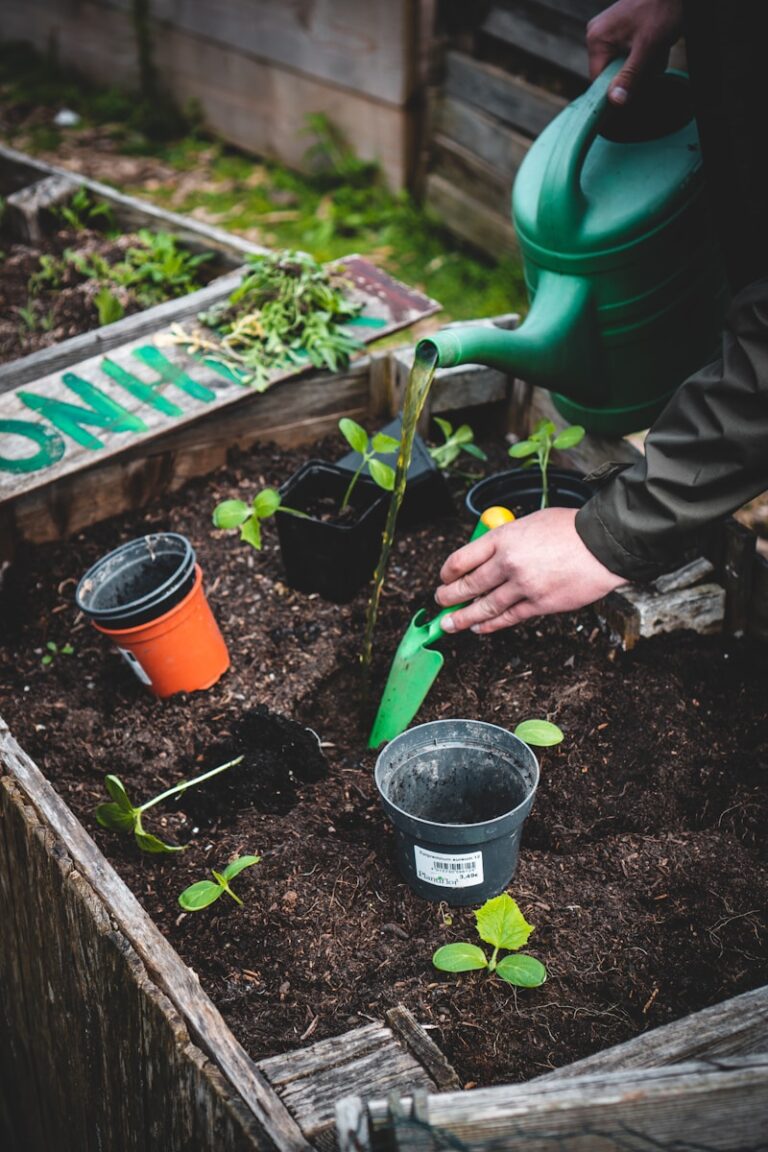Mindful Gardening: Tips for Relaxation and Stress Relief to Soothe Your Mind
If you’re looking for a simple way to reduce stress and find calm, mindful gardening offers a natural path to relaxation. By focusing your attention on the sights, sounds, and smells around you as you tend to your garden, you create a space to clear your mind and enjoy the present moment. Mindful gardening helps you connect deeply with nature, easing anxiety and promoting a sense of peace through intentional awareness.
When you practice mindfulness while digging, planting, or weeding, you invite your mind to slow down and focus on the here and now. This gentle approach helps reduce negative thoughts and brings a calming rhythm to your day. Engaging your senses fully as you work in the garden can turn everyday tasks into a form of meditation that refreshes both your body and mind.
You don’t need any special tools or experience to get started, just a willingness to be present and notice the small details. Simple techniques, like taking a moment to listen to the natural sounds around you or feeling the texture of soil, can transform your gardening routine into a relaxing ritual. Learn how to bring mindfulness to your garden and enjoy the stress relief it can offer. For practical ideas, check out mindful gardening tips that show you exactly how to begin.
Understanding Mindful Gardening
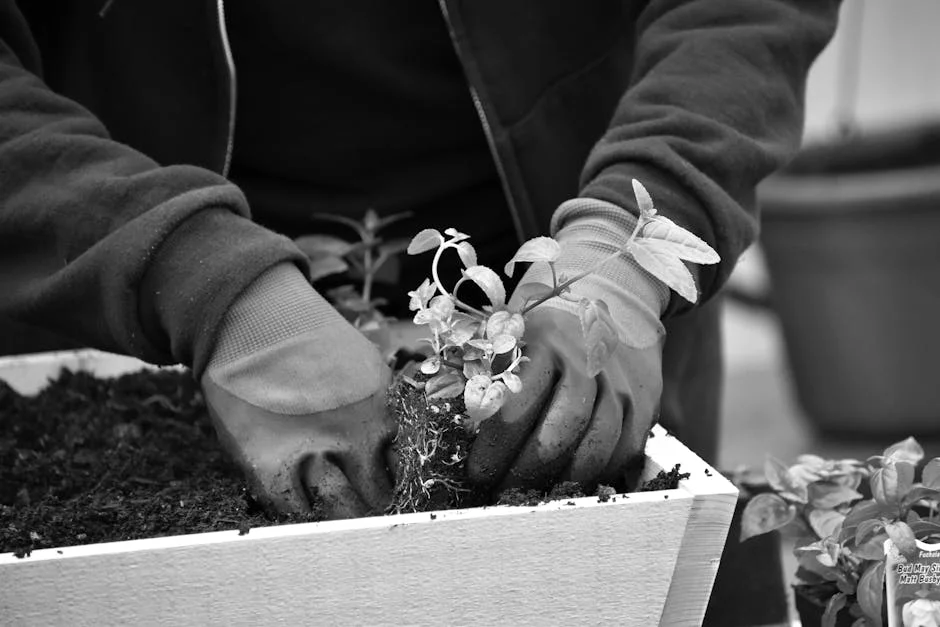
Mindful gardening invites you to slow down and fully engage with your garden. It’s about being present during every step, from planting seeds to tending soil, which can deepen your connection with nature and promote a calm state of mind.
What Is Mindful Gardening?

Mindful gardening means paying close attention to the sensations, sights, and sounds around you as you work in your garden. Instead of rushing or focusing only on results, you become fully aware of each action and the environment.
You might notice the texture of the soil, the colors of the leaves, or the scent of flowers. This practice helps you step away from daily worries and distractions.
The goal isn’t to perfect your garden but to enjoy the process. You treat gardening as a way to cultivate patience and relaxation, turning it into a form of moving meditation. This intentional approach encourages you to slow down and appreciate small moments.
The Science Behind Gardening and Relaxation
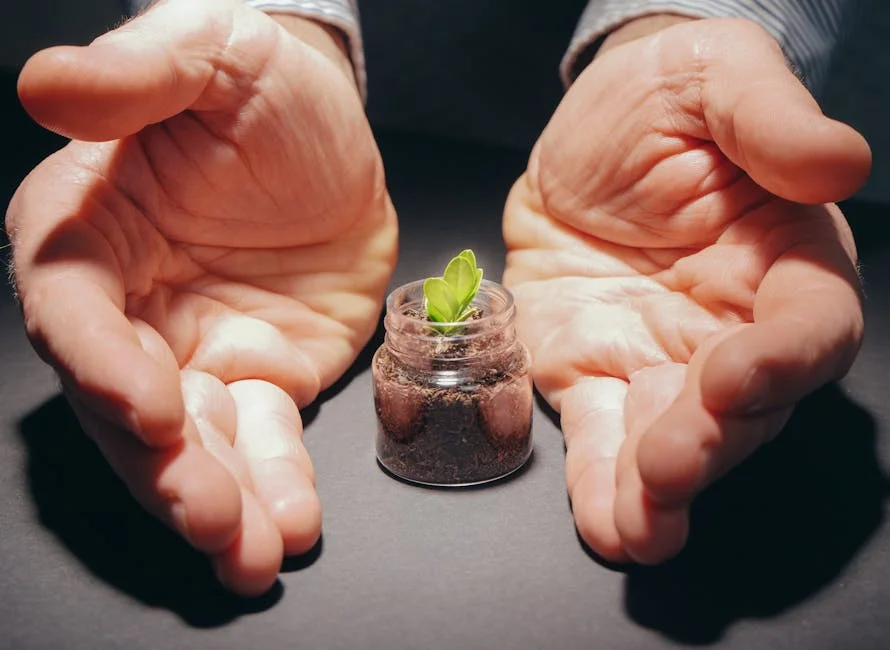
Gardening activates your senses and rhythmic movements, which can lower stress hormones and calm your nervous system. Scientific studies show that interacting with plants reduces cortisol, a hormone linked to stress.
The repetitive tasks in gardening, like weeding or watering, have a soothing effect because they require focused attention. This focus helps distract your mind from anxious thoughts.
Breathing naturally slows when you garden mindfully, which further supports relaxation. The connection with soil and nature also boosts mood and can increase feelings of well-being.
Practicing mindful gardening regularly can promote better mental health and improve how you manage stress in your daily life. For practical tips on this, you can explore mindful gardening ideas at Mindful Gardening – Medium.
Getting Started with Mindful Gardening

You can create a calming garden space by thoughtfully selecting your environment and plants. Giving attention to what you want to feel and experience will help turn gardening into a mindful routine.
Creating a Peaceful Garden Space
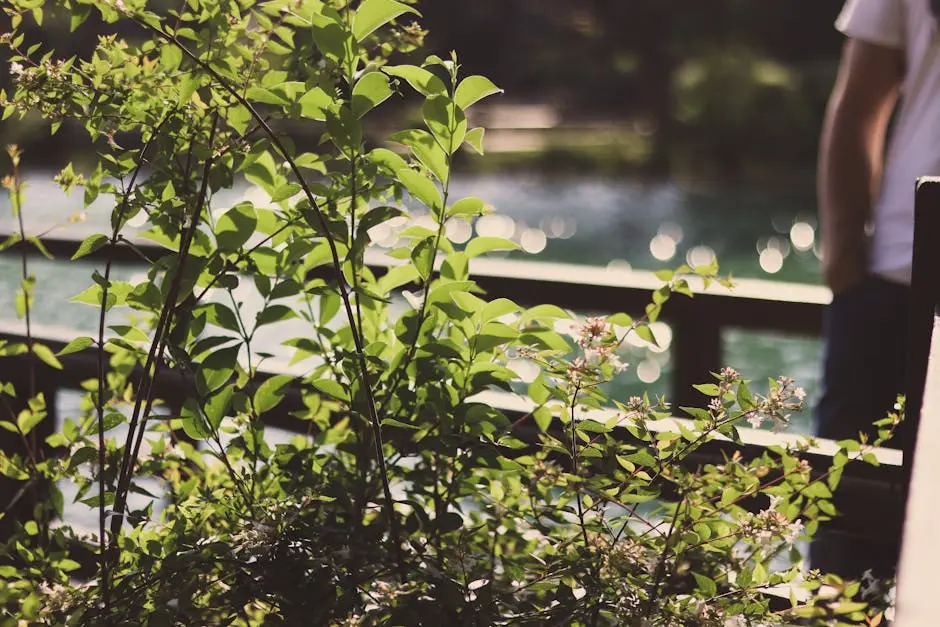
Start by choosing a quiet, comfortable spot where you won’t be disturbed. Privacy is key, so consider natural barriers like tall plants or bamboo trees to block distractions.
Clear clutter and keep pathways simple to make moving around easy and enjoyable. Add seating areas where you can pause and breathe deeply. Soft sounds, such as a small water feature or wind chimes, can also enhance relaxation.
Think about lighting too. Natural sunlight is ideal during the day, while soft outdoor lighting helps if you garden in the evening. Your garden should invite you to slow down and connect with nature.
Choosing Relaxing Plants and Flowers

Select plants that engage your senses gently. Flowers with soothing scents like lavender or jasmine help create calm. Herbs such as mint or chamomile invite touch and smell, adding to your mindfulness.
Opt for easy-to-care-for plants to avoid stress. Succulents and native plants are usually low maintenance. You can also include colorful blooms known for their calming effects, like bluebells or daisies.
Vegetables or fruit plants can provide a rewarding, mindful experience as you nurture them through each growth stage. Choosing plants that match your climate and soil will make your garden more enjoyable.
Setting Intentions for Your Garden Routine

Before beginning your gardening session, take a moment to set clear intentions. Decide if you want to focus on relaxation, gratitude, or simply being present.
You might start by taking slow, deep breaths, paying attention to the sounds around you. Use your senses deliberately: feel the soil, notice the smell of leaves, observe colors without judgment.
Keep your goals achievable. For example, spend 10-15 minutes each day connecting with your garden. Writing down your intentions can help reinforce this habit and deepen your mindfulness over time.
This focus transforms garden tasks into moments of peace rather than chores. For practical ideas, explore mindful gardening techniques like hearing, touch, and smell at Mindful Gardening For Beginners.
Practical Mindfulness Techniques for Gardeners

You can use simple, focused actions to deepen your connection with the garden and find calm. Concentrating on your breath, senses, and gentle movements helps ground you in the moment and reduce stress.
Breathing Exercises While Gardening

Start by paying attention to your breath as you work in the garden. Pause and take slow, deep breaths, inhaling through your nose and exhaling through your mouth. This slows your heart rate and brings your focus back to the present.
Try matching your breathing to a simple task, like digging or watering. For example, breathe in as you lift your watering can and breathe out as you pour. This sync creates a calming rhythm and keeps your mind attentive.
If your thoughts wander, gently bring your focus back to your breath. Doing this regularly during gardening helps ease tension and stay centered throughout your time outside.
Engaging the Senses in the Garden

Use your senses intentionally to deepen mindfulness. Notice the scent of soil or flowers. Feel the texture of leaves, bark, or petals brushing against your skin.
You might take a moment to rub a leaf between your fingers or inhale the fresh smell after turning the soil. Listen to the sounds around you: birds chirping, wind rustling, or the crunch of dirt underfoot.
Creating this sensory awareness slows your mind and encourages a deeper connection with your surroundings. It makes gardening a full-body, immersive experience rather than just a task.
Mindful Movement and Gentle Stretches

Gardening offers many chances to move mindfully. Before or during gardening, try slow, gentle stretches to prepare your muscles and prevent stiffness.
Stretch your arms overhead, gently twist your torso, or bend your knees with care. As you move, focus on how each muscle feels and the flow of your breath.
During gardening, notice the fluidity of your movements—digging, planting, or pruning—and keep your posture relaxed. Mindful movement helps reduce physical stress and keeps you comfortable during your work.
Building a Relaxing Gardening Routine

Creating a routine that fits your lifestyle and goals makes gardening more enjoyable and effective for relaxation. Planning when and how you garden helps reduce stress and enhances your connection to the space. Tracking your progress allows you to notice subtle changes and deepen your mindfulness.
Designing a Soothing Schedule

Set aside specific times that suit your energy levels — mornings or late afternoons often work well. Consistency matters: gardening daily or several times a week creates a calming rhythm.
Keep sessions short at first, about 20-30 minutes, so you don’t feel overwhelmed. Focus on gentle activities like watering, pruning, or simply observing plants.
Using a calendar or planner can help remind you to pause and enjoy these moments. Avoid rushing; instead, move slowly and pay attention to sensations, scents, and sounds around you.
Journaling and Reflecting on Your Experiences
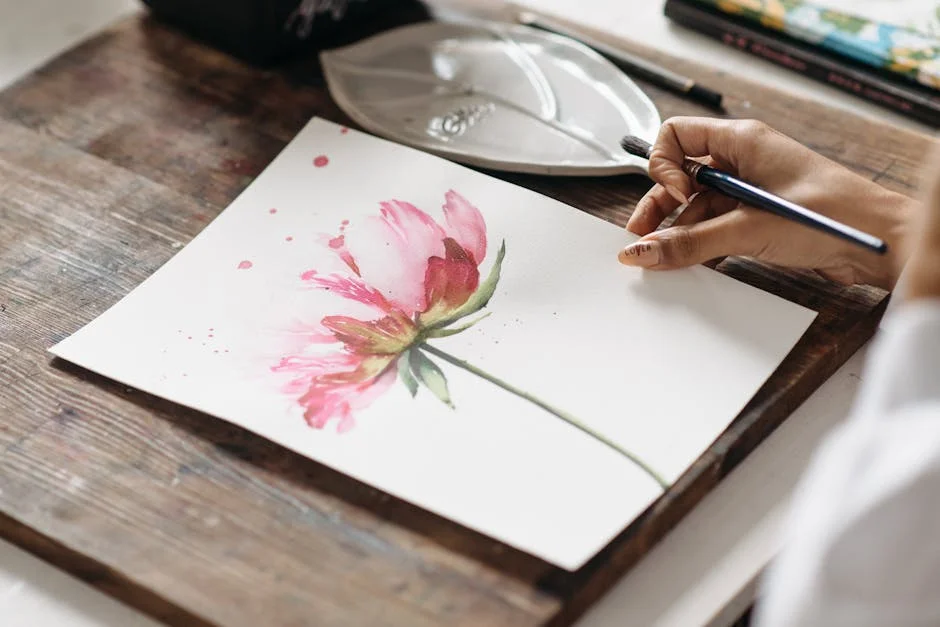
Write down what you notice during your gardening time. This could include plant growth, your moods, or how certain activities affect your stress levels.
Try simple prompts like:
- What did I observe today?
- How do I feel after gardening?
Using a notebook by your garden or a digital app can make this easy and accessible.
Your journal helps you track patterns in your well-being and growth in your garden. Reflecting regularly turns your routine into a meaningful, mindful practice that builds calm over time.
Long-Term Benefits and Wellness Tips
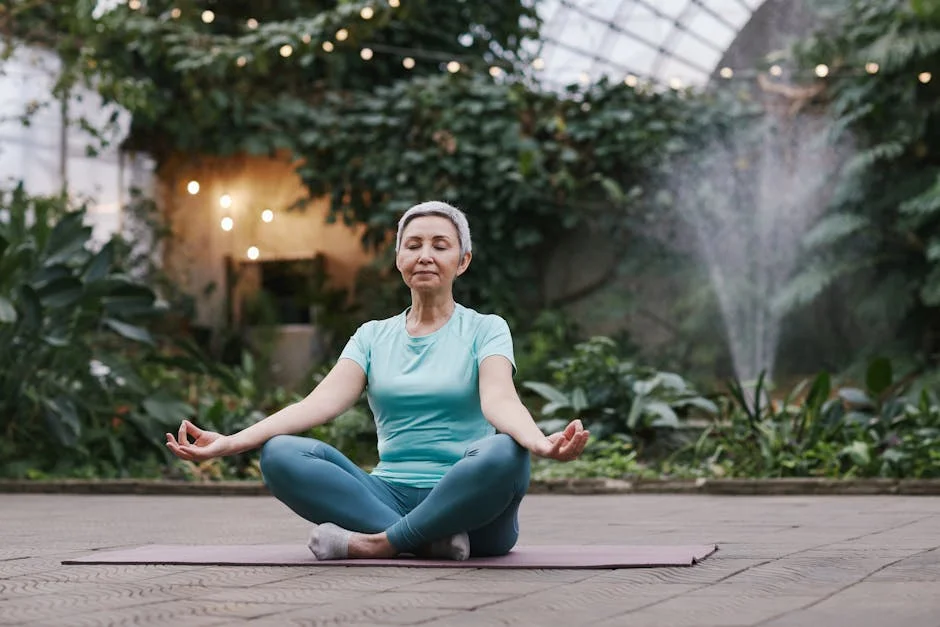
Gardening can provide lasting improvements to your mental and emotional health. By engaging regularly, you build habits that help manage stress and deepen your connection to the present moment. These effects extend beyond the garden and into daily life.
Reducing Stress and Promoting Emotional Wellbeing

When you garden, your body lowers cortisol, the hormone linked to stress, helping you feel calmer. The physical activity involved also boosts endorphins, which improve your mood naturally. Regular gardening can reduce symptoms of anxiety and depression by giving your brain a break from negative thoughts.
Incorporate simple tasks like planting or weeding as moments to focus on your breath and surroundings. This can make daily stressors easier to handle. Over time, you may notice better sleep, increased patience, and a more positive outlook.
Fostering Mindfulness Beyond the Garden

Mindfulness in gardening means paying full attention to the sights, smells, and textures of your plants. This skill trains your brain to stay present, which you can carry into other parts of life to reduce overwhelm.
Try using your garden as a space for brief meditation. Concentrate on each movement, like feeling the soil or observing the light on leaves. These practices help improve concentration and emotional balance wherever you are.
Wellness Tips:
- Set a regular gardening schedule to build consistency
- Use gardening tasks as mini mindfulness exercises
- Celebrate small successes, like new sprouts or healthy growth
- Take sensory breaks: focus on colors, smells, and sounds in your garden
These habits make gardening a sustainable way to support your mental health.






